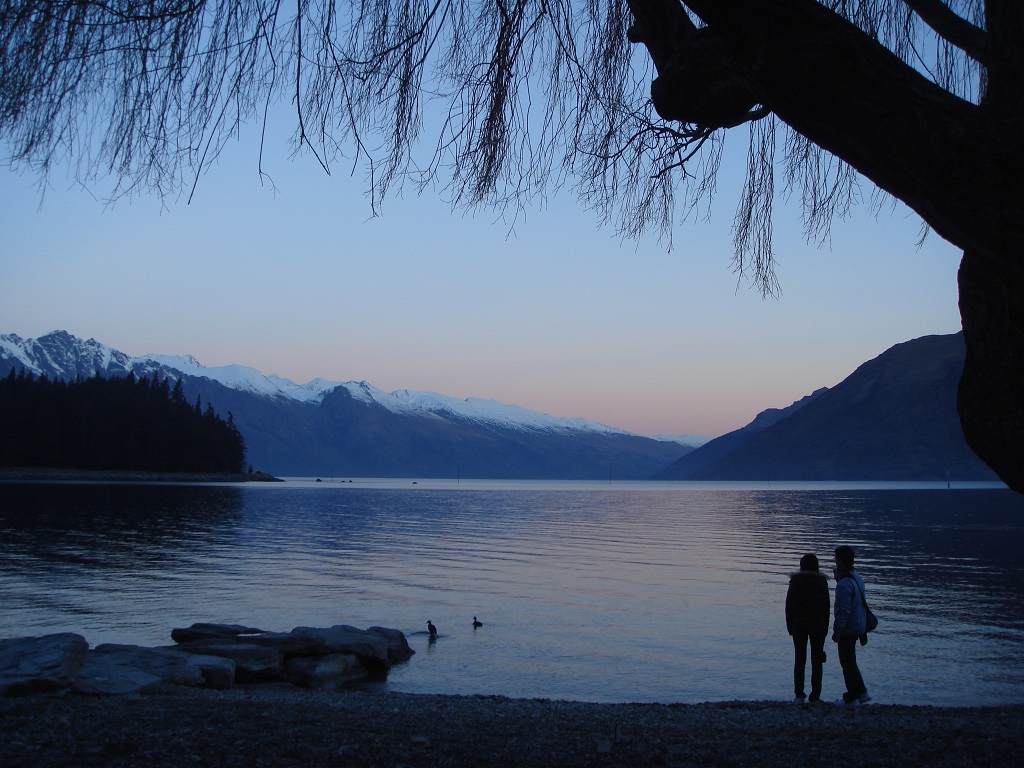Southward Museum Trust
- Brief information about our visit to Southward Museum Trust in 2006
New Zealand - 9 great pubs and bars
- 9 of the best pubs and bars in and around New Zealand
Wellington - reflections in the windows of the Intercontinental Hotel
- Buildings reflected in the windows of the Intercontinenal Hotel, Wellington
New Zealand - places not to miss
- Recommended places to visit in and around New Zealand
Wellington - Lambton Quay
- View down Lambton Quay, the main shopping centre in the Wellington CBD
Wellington - reflections in buildings
- Reflections in a glass building in the CBD of Wellington
Wellington - Monet and the Impressionists at Te Papa
- Monet and the Impressionists at Te Papa Tongarewa, Museum of New Zealand in Wellington
70-Mile-Bush
- About the much reduced 70 Mile Bush at Mount Bruce
A visit to Mount Bruce
- Notes from our visit to Pukaha Mount Bruce
Taranaki - Lake Rotokare
- Lake Rotokare Scenic reserve in Taranaki
 Recommended places to visit in and around New Zealand
Recommended places to visit in and around New Zealand
 Buildings reflected in the windows of the Intercontinenal Hotel, Wellington
Buildings reflected in the windows of the Intercontinenal Hotel, Wellington
 View down Lambton Quay, the main shopping centre in the Wellington CBD
View down Lambton Quay, the main shopping centre in the Wellington CBD
 Reflections in a glass building in the CBD of Wellington
Reflections in a glass building in the CBD of Wellington
 Lake Rotokare Scenic reserve in Taranaki
Lake Rotokare Scenic reserve in Taranaki
 Street scene at the Taranaki Pioneer Village outside Stratford
Street scene at the Taranaki Pioneer Village outside Stratford
 The Stratford Glockenspeil in Taranaki
The Stratford Glockenspeil in Taranaki
 Mt Egmont seen from the King Edward Park playing fields in Stratford
Mt Egmont seen from the King Edward Park playing fields in Stratford